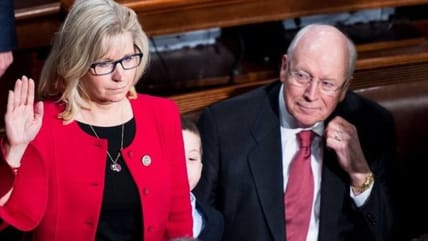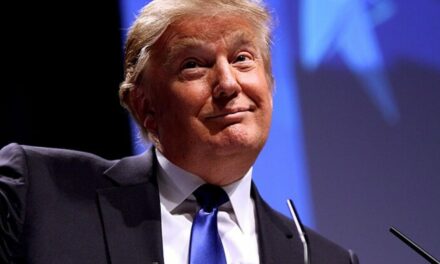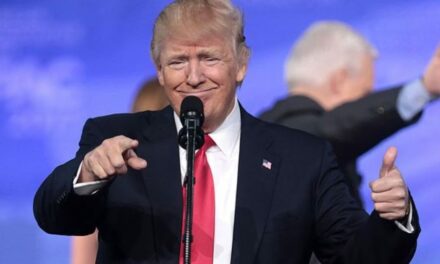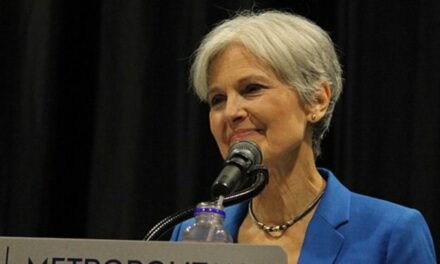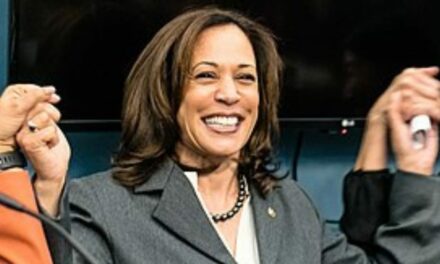We support our Publishers and Content Creators. You can view this story on their website by CLICKING HERE.
The number of polls that show an exact tie in the presidential race is unbelievably high.
I don’t mean that in a “there’s a whole lot of them” way, but quite literally: they’re unbelievable.
Polling’s track record lately has been about as reliable as a coin toss. They whiffed completely on Trump’s 2016 victory. They did even worse in 2020, predicting Biden would win in a landslide. In 2022, they promised us a “Red Wave” that turned out to be more of a ripple. And let’s not forget how they totally missed Brexit across the pond.
Here’s what fascinates me: there’s a pattern to these misses. The polls don’t just get it wrong – they get it wrong in exactly the way you’d expect if, in a world without polls, you followed the conventional wisdom of the moment.
And People Are Political
Think back to the examples above, starting in 2016. The media consensus was clear: Trump had zero chance. The polls? Surprise, surprise – they showed exactly that. In 2020, after four years of media dogpiling and Covid chaos, the polls showed Trump getting crushed. In England, the educated elite couldn’t imagine their countrymen would actually vote to leave the EU. Again, the polls agreed.
Pollsters are quick to blame their misses on a technical flaw. ‘Shy Trump voters’ wouldn’t answer their phones. They overcounted college-educated voters. Turnout patterns shifted. But maybe there’s a simpler explanation: they’re human beings subject to the same biases as the rest of us.
The real polling problem isn’t about math. It’s about human nature.
Today, the conventional wisdom says this race is too close to call. Considering standard sampling error for polls, even if the race were actually an exact 50-50 tie, polls would be widely ranging, showing an average difference of about 3%. That’s not what we see at all, only a tight clustering of polls where as of today, nearly half of them show an exact tie.
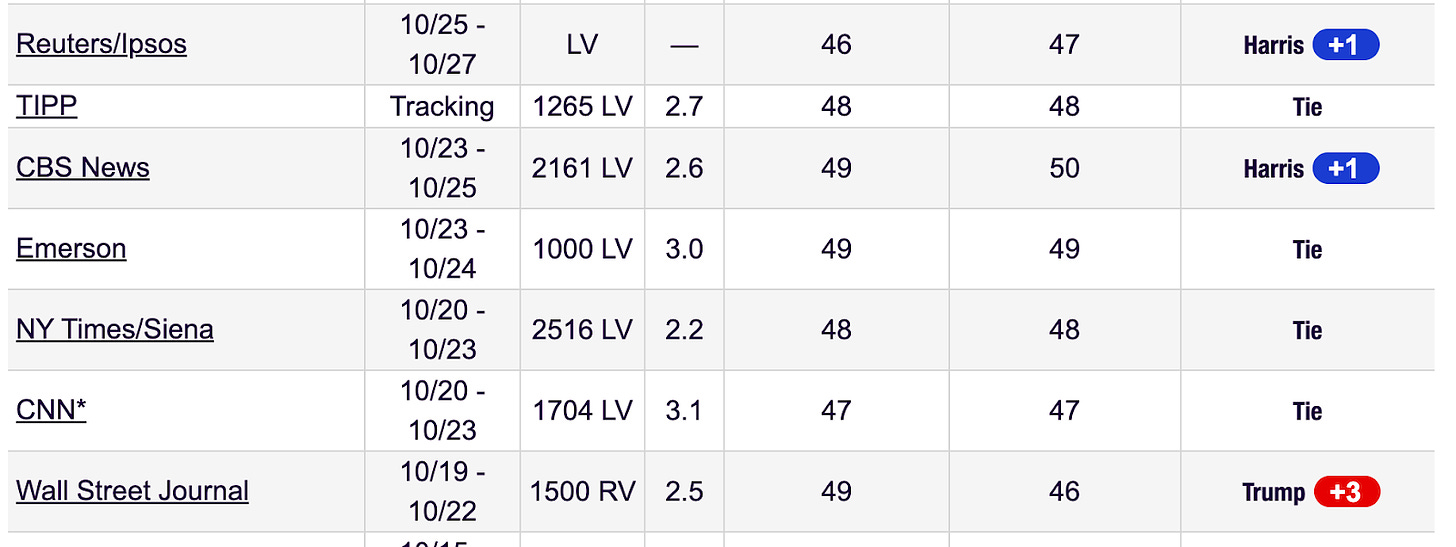
RELATED: White House Reportedly Altered Official Transcript Of Biden’s ‘Garbage’ Comment
The polling industry has a term for when surveys mysteriously cluster around the same number: “herding.” It’s when pollsters, seeing results that differ from their peers, double-check their methodology and – surprise! – find reasons to adjust toward the consensus.
Polling analyst Nate Silver – who essentially has made a career out of number crunching surveys – spotted the obvious trend and is freaking out a bit. “I kind of trust pollsters less,” he said on a podcast. “Your numbers aren’t all going to come out at exactly 1-point leads when you’re sampling 800 people over dozens of surveys. You are lying! You’re putting your f*$%* finger on the scale!”
He’s right about the herding. Pollsters are deathly afraid to be seen as fools on election night and keeping their numbers close to others will avoid that. The analogy of running safely in the middle of an animal herd is spot-on.
How It Truly Works
But the entire herd of pollsters always has fingers on the scale. There’s no such thing as raw data.
See, polling isn’t just about counting responses, but requires hundreds of judgment calls. How many young voters will show up? What percentage of the electorate will be college-educated women? Should they weigh based on past voting behavior?
These aren’t clear mathematical decisions. They’re hunches—educated guesses about human behavior. And like all hunches, they’re influenced by what we believe to be true.
RELATED: Nearly 63 Million Voters Have Already Cast Ballots
It’s just human nature. We all tend to see what we expect to see and find ways to justify our existing beliefs. Pollsters, despite their scientific pretensions, aren’t immune to these psychological functions.
When you have to make dozens of judgment calls in designing and interpreting a poll, those biases creep in. If you “know” Trump can’t win, consciously or not, you choose methodologies that confirm that belief. If you’re “certain” the race is neck-and-neck, you “refine” your assumptions until they show exactly that.
I’ll go out on a limb here and say the entire herd is wrong. It’s only a hunch – since the data obviously disagrees – but I don’t buy that this is a neck-and-neck race. I suspect, the trends of 2016 and 2022 will continue, and that they’re vastly underestimating Trump’s strength. Of course, you can’t say that aloud at most Washington insider cocktail parties.
So when you see yet another poll showing an exact tie in the presidential race, remember: behind all those decimal points and margin-of-error calculations are people making judgment calls. And those people, just like you and me, can’t help but be influenced by what they think they already know.

 Conservative
Conservative  Search
Search Trending
Trending Current News
Current News 